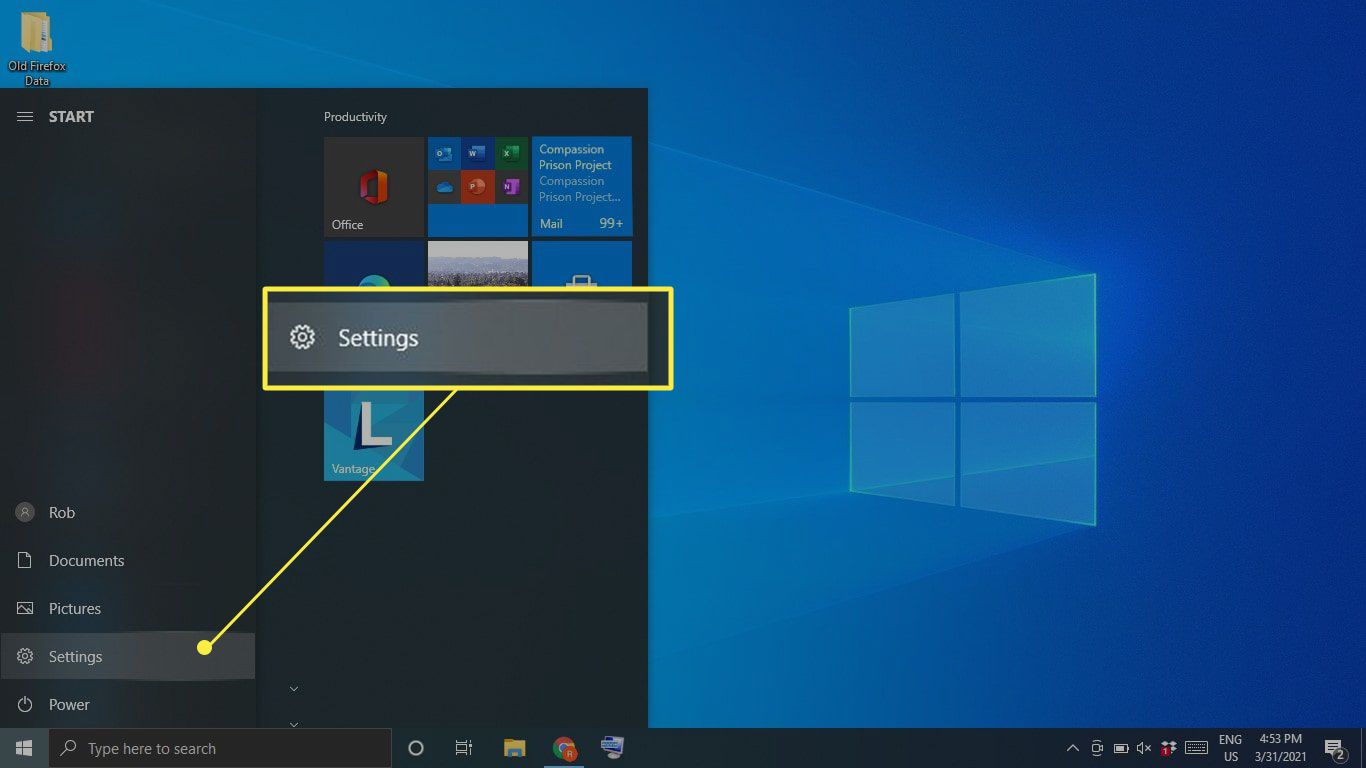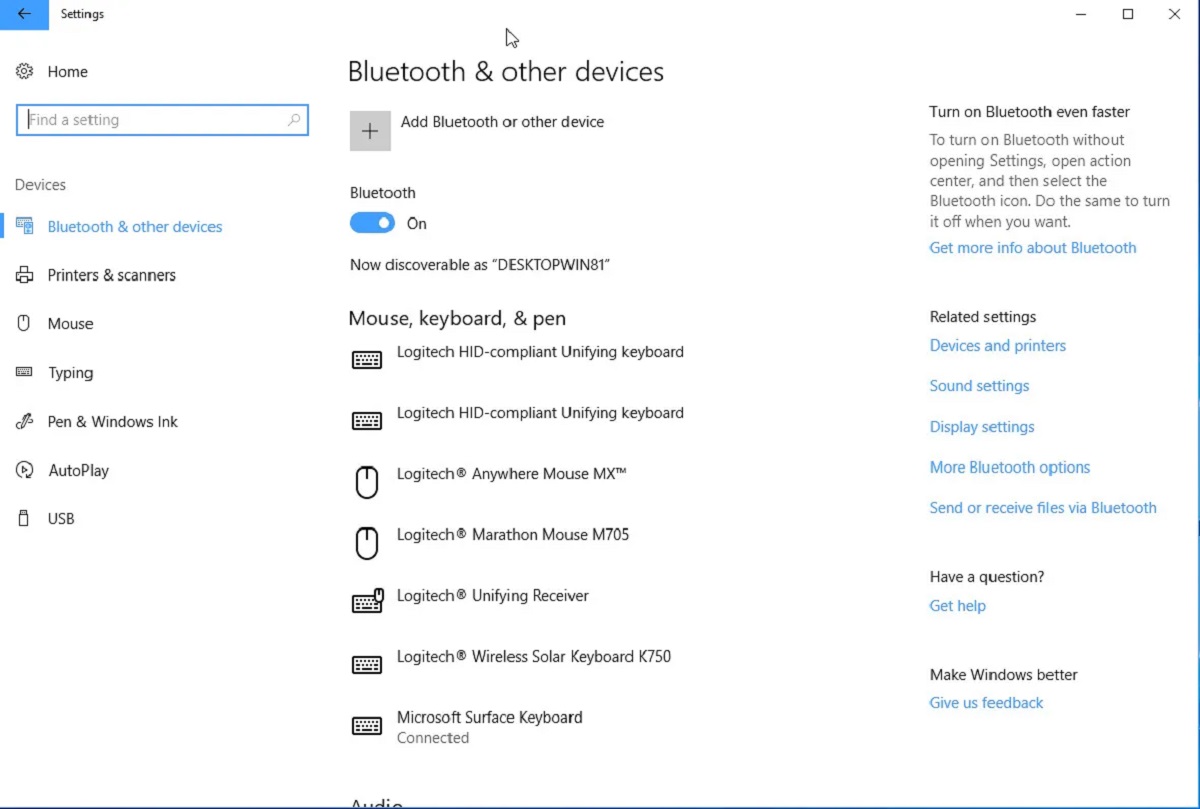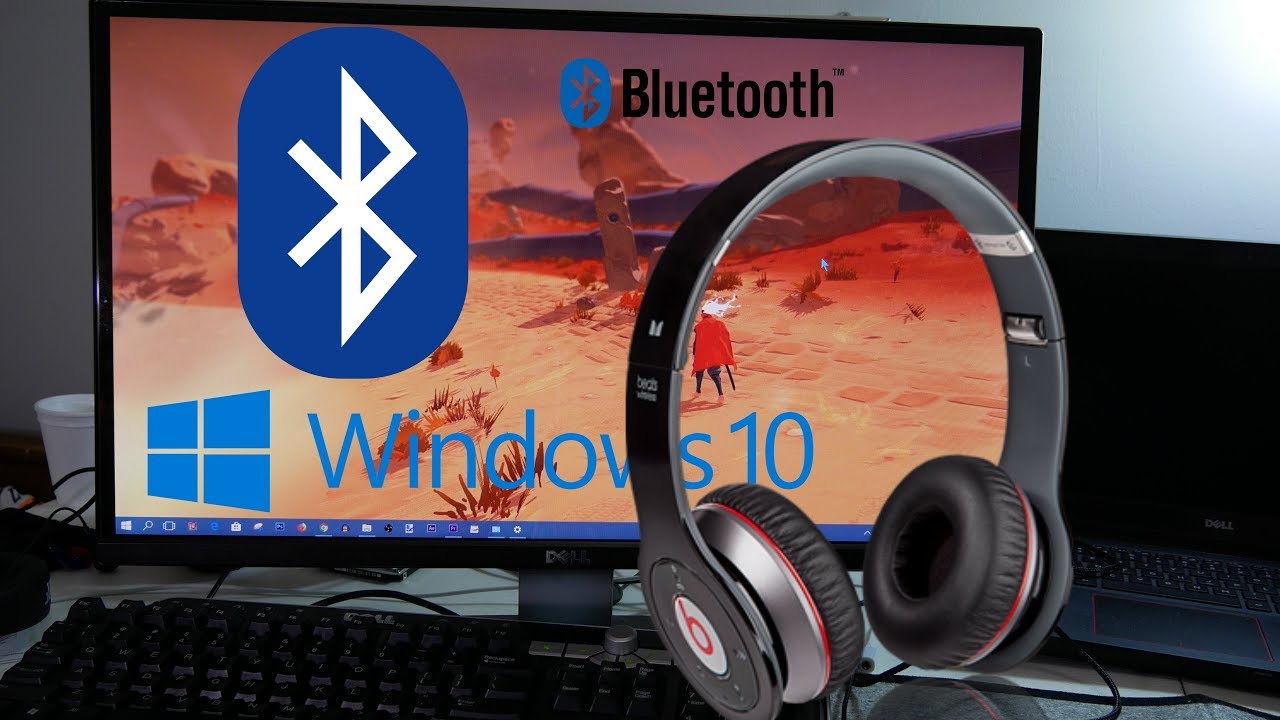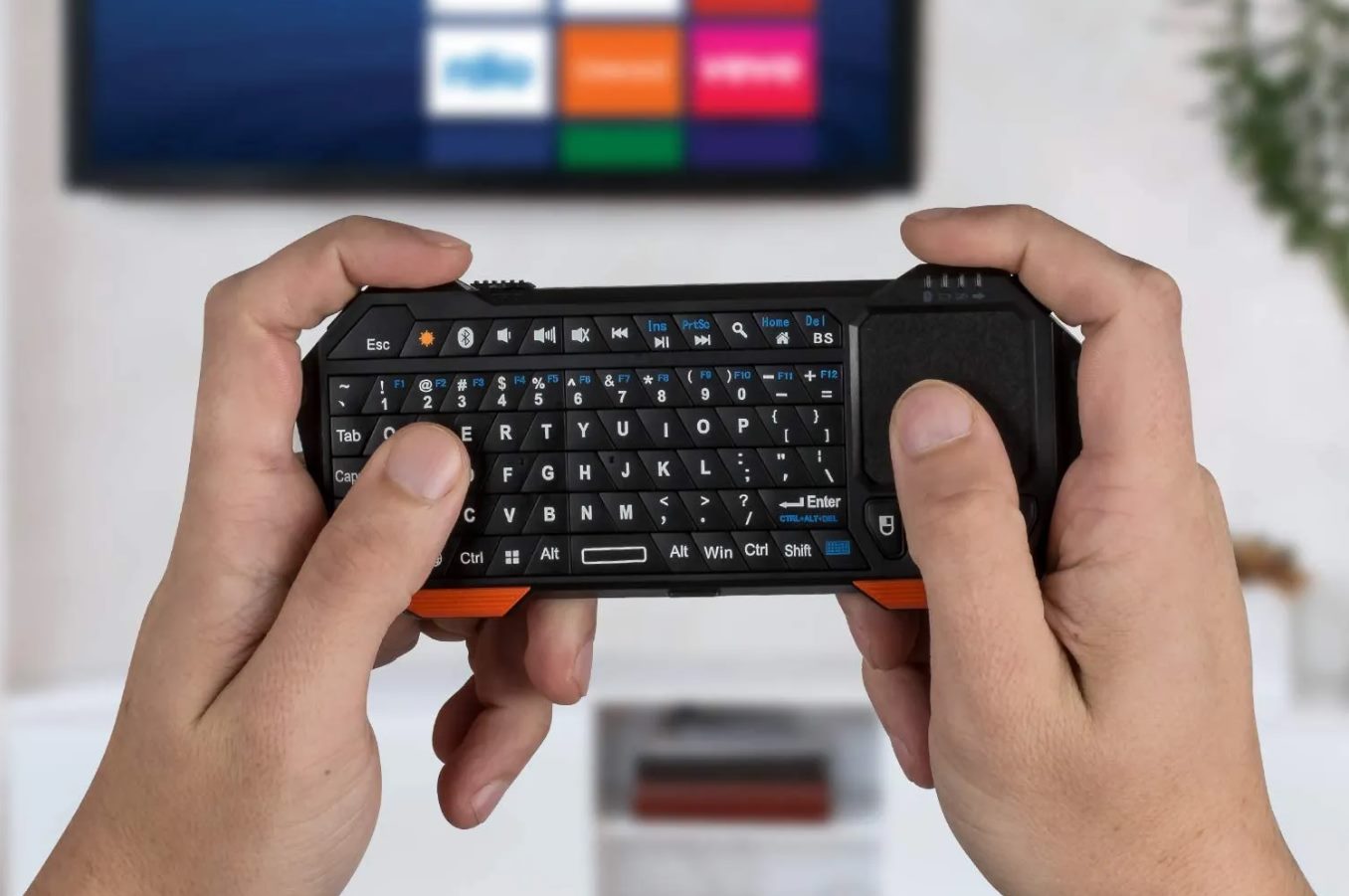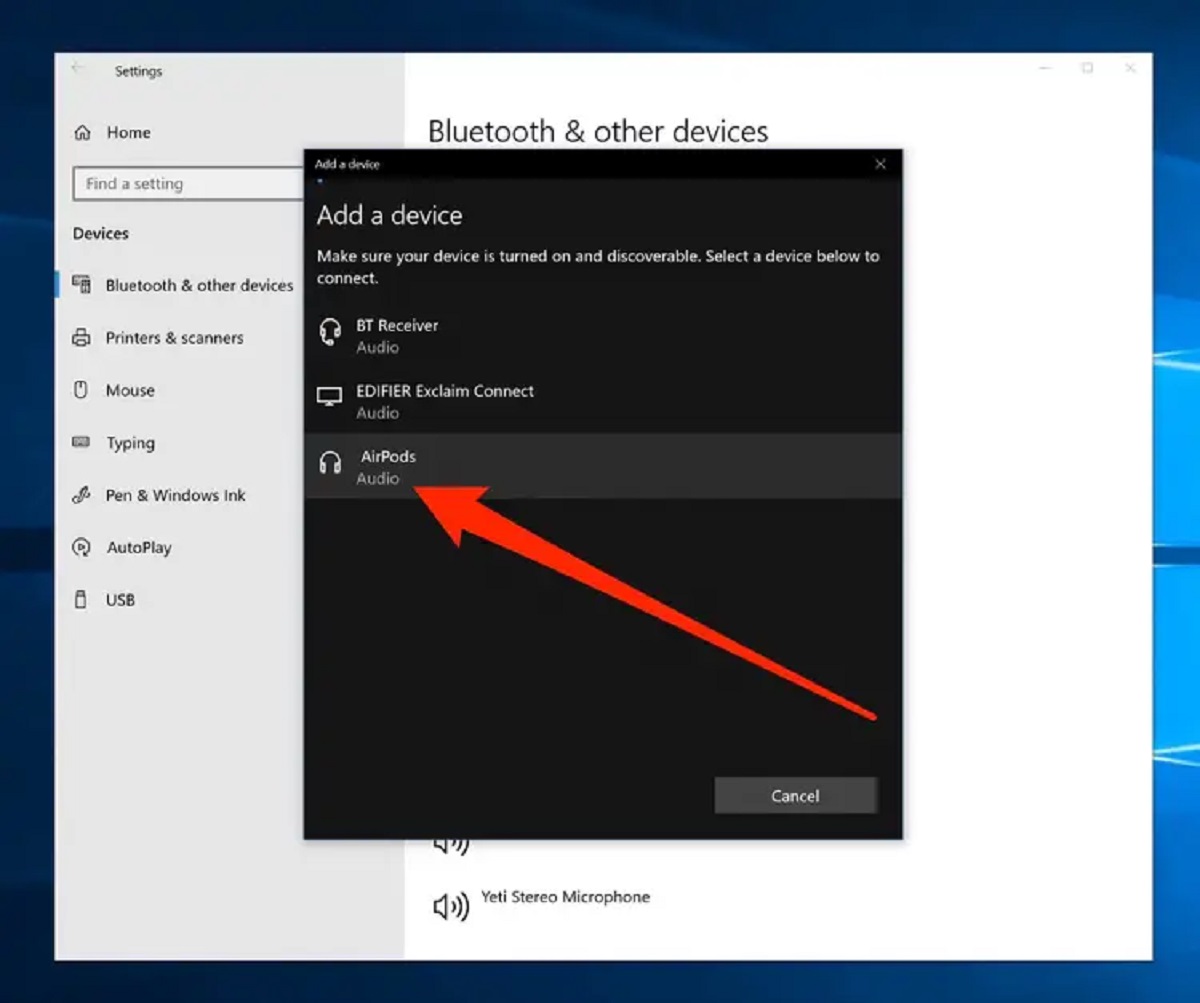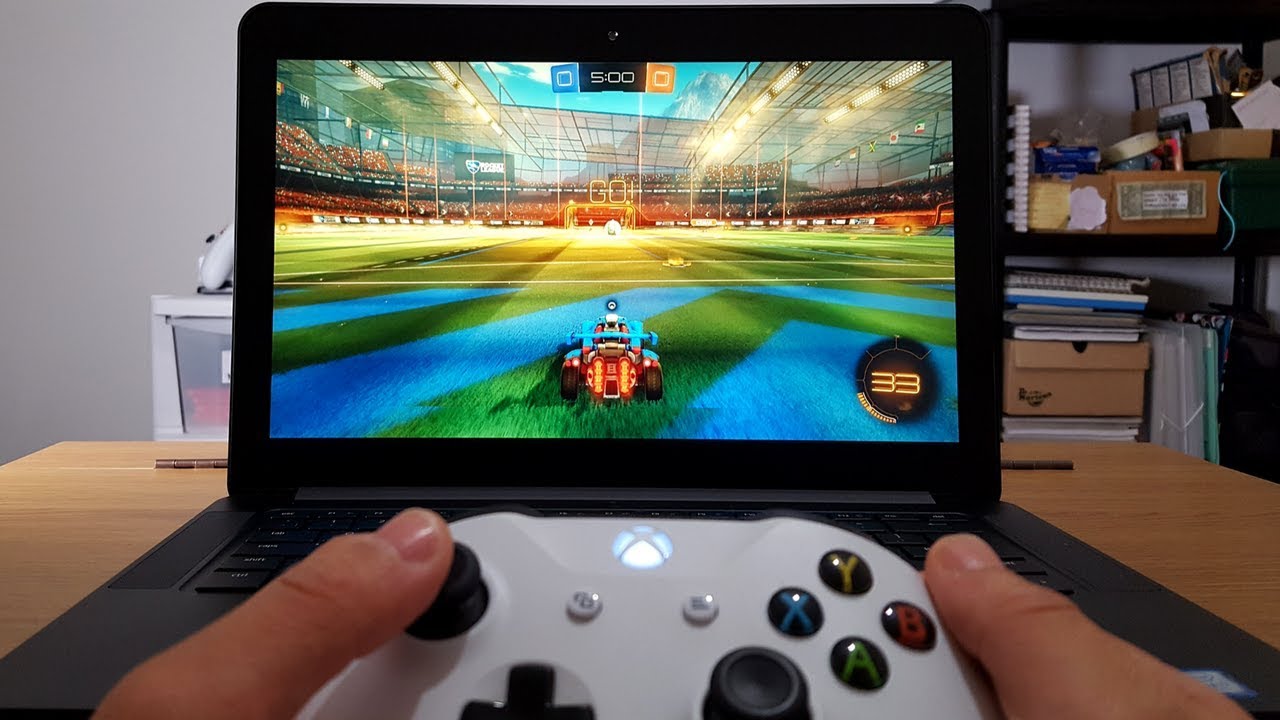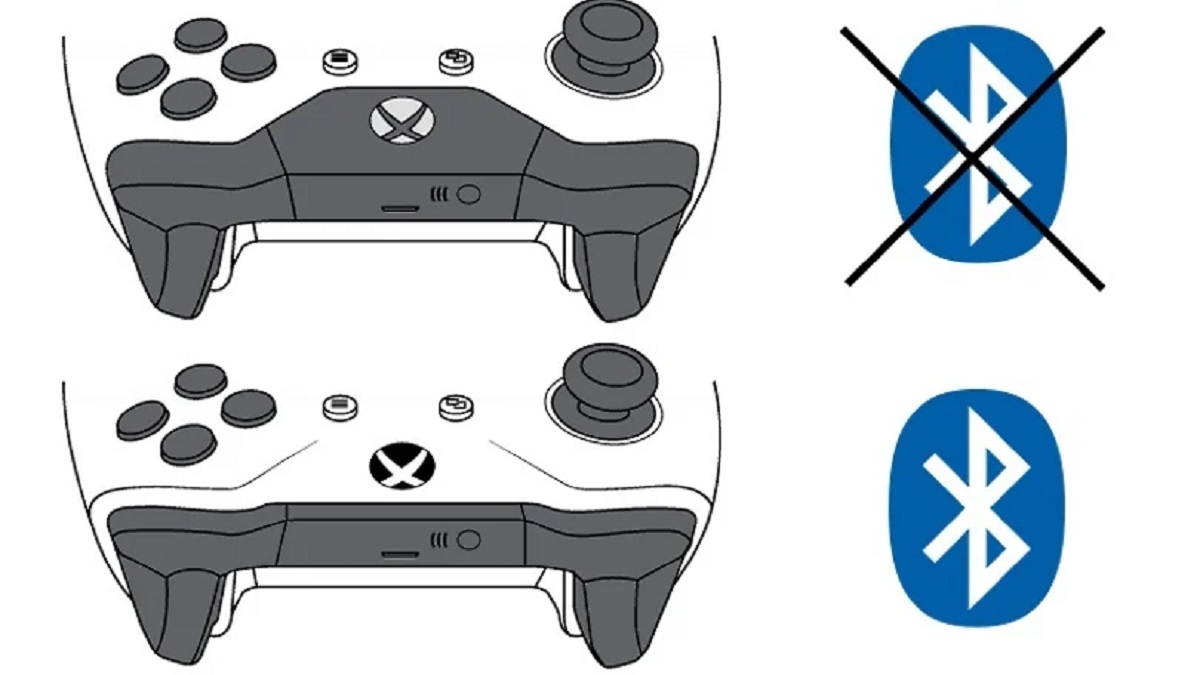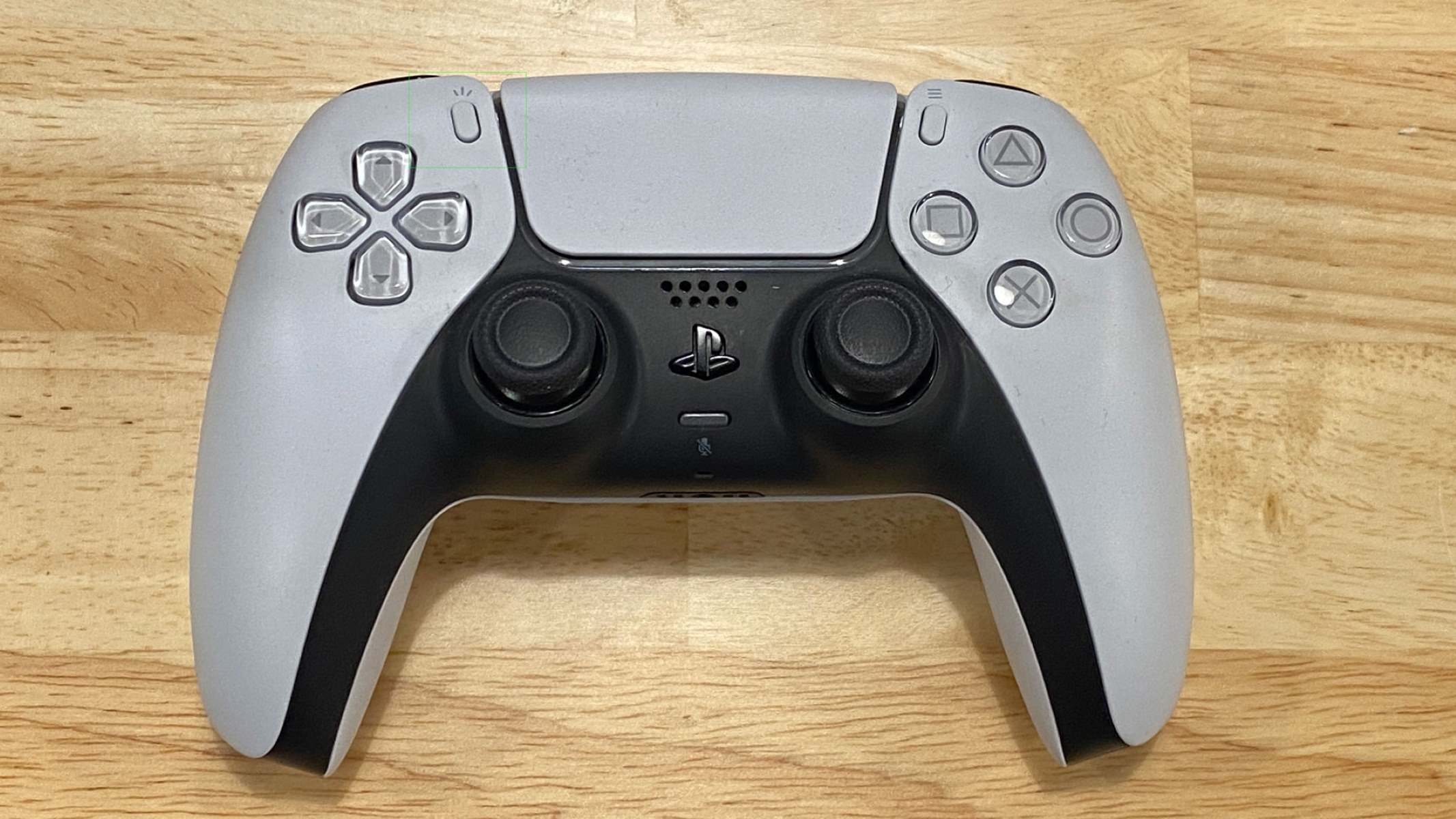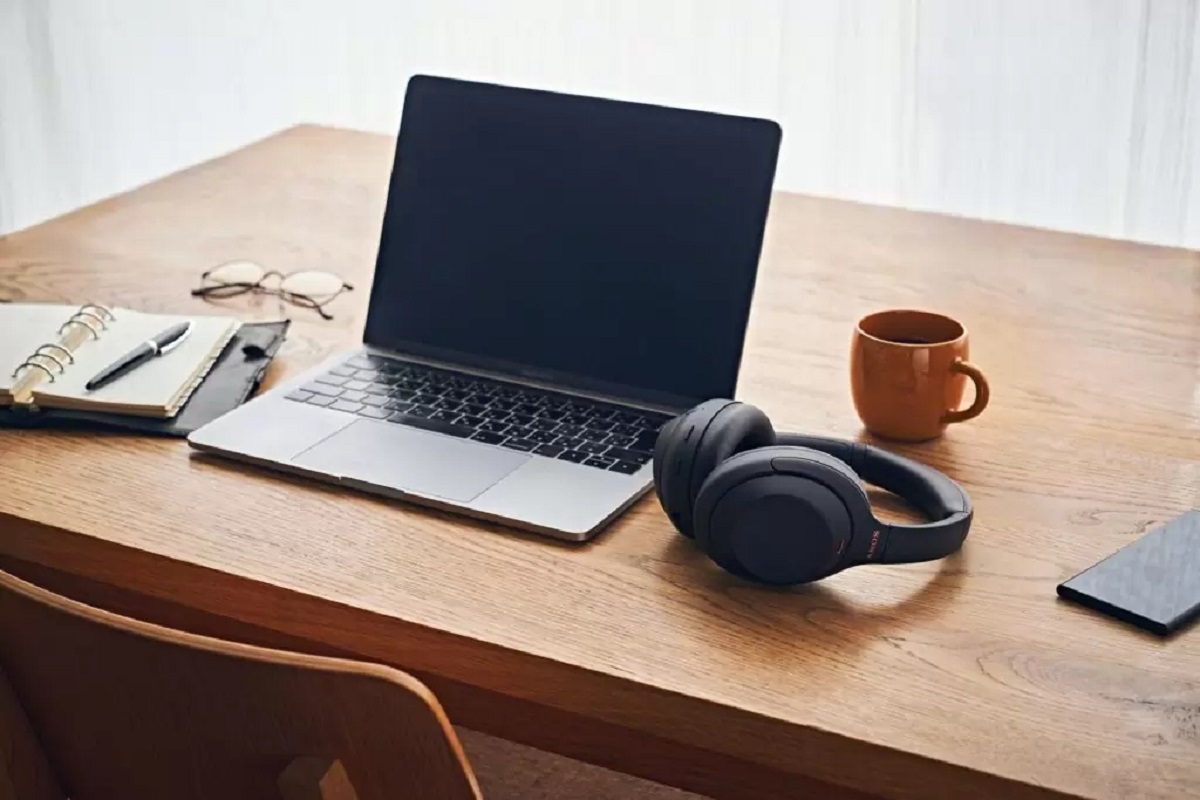Introduction
Bluetooth technology has become a ubiquitous feature in many devices, allowing for seamless wireless communication between devices such as smartphones, tablets, and computers. By enabling Bluetooth on your PC, you gain the ability to connect and transfer data with other Bluetooth-enabled devices. Whether you want to pair your wireless headphones, transfer files to your smartphone, or connect a wireless mouse, knowing how to turn on Bluetooth on your PC is essential.
In this article, we will walk you through the steps to turn on Bluetooth on your PC, as well as provide tips for optimizing Bluetooth performance and troubleshooting any issues that may arise. So, grab your PC and let’s get started!
Before we dive into the process of turning on Bluetooth on your PC, it’s important to ensure that your PC is Bluetooth compatible. Most modern PCs come with built-in Bluetooth capability, but it’s still worth confirming if you are unsure. You can check for Bluetooth compatibility in the device specifications or consult the manufacturer’s website for more information.
Once you’ve determined that your PC is Bluetooth compatible, you’re ready to proceed with turning on Bluetooth. The steps may vary slightly depending on the version of Windows you are using, but we’ll provide a general overview for Windows users.
Now that we have a general understanding of what Bluetooth technology is and the importance of ensuring compatibility, let’s move on to the next section to learn how to turn on Bluetooth on your PC.
Checking for Bluetooth Compatibility
First and foremost, it’s crucial to confirm if your PC has built-in Bluetooth capability. While most modern PCs come equipped with Bluetooth, older models or certain budget-friendly laptops might not have this feature. To check if your PC is Bluetooth compatible, you can follow these simple steps:
- Go to the “Start” menu on your PC and type “Device Manager” into the search bar. Click on the Device Manager option that appears.
- In the Device Manager window, look for the category labeled “Bluetooth” or “Bluetooth Radios”. If you see this category, it indicates that your PC has Bluetooth capability.
- If you do not see the Bluetooth category, expand the “Network Adapters” category and check for any mention of Bluetooth. If you find a Bluetooth adapter listed, it means that your PC has Bluetooth capability but may not have been properly installed or enabled.
- If you cannot find any mention of Bluetooth in the Device Manager, it is likely that your PC does not have built-in Bluetooth. In this case, you can consider purchasing an external USB Bluetooth adapter to add Bluetooth functionality to your PC.
Checking for Bluetooth compatibility is an essential first step before attempting to turn on Bluetooth on your PC. Once you have confirmed that your PC has Bluetooth capability, you can proceed with the steps to enable and use Bluetooth on your Windows PC. In the next section, we will guide you through the process of turning on Bluetooth in Windows.
Turning on Bluetooth in Windows
Now that you have confirmed that your PC is Bluetooth compatible, it’s time to turn on Bluetooth in Windows. The specific steps may vary slightly depending on the version of Windows you are using, but the general process remains the same. Here’s how to do it:
- First, open the Windows Settings by clicking on the “Start” menu and selecting “Settings” (gear icon).
- In the Settings window, click on the “Devices” option.
- In the Devices menu, click on the “Bluetooth & other devices” tab.
- Toggle the switch under the “Bluetooth” option to turn it on. The switch will turn blue when Bluetooth is enabled.
Once you have successfully turned on Bluetooth on your Windows PC, you can proceed to the next step: pairing Bluetooth devices. Pairing allows you to connect your PC to other Bluetooth-enabled devices, such as wireless headphones, keyboards, or speakers. We will cover the pairing process in the next section.
It’s worth noting that some Windows PCs might have additional settings or options related to Bluetooth under the “Devices” menu. You can explore these settings to customize your Bluetooth experience or troubleshoot any connectivity issues you may encounter.
Now that you have enabled Bluetooth on your PC, it’s time to pair it with other devices. In the next section, we will guide you through the process of pairing Bluetooth devices with your Windows PC.
Pairing Bluetooth Devices
With Bluetooth enabled on your Windows PC, you can now proceed to pair it with other Bluetooth devices. Whether you want to connect wireless headphones, a smartphone, or a wireless keyboard, the pairing process is similar for most devices. Follow these steps to pair Bluetooth devices with your Windows PC:
- Make sure the device you want to pair with your PC is in “discoverable” or “pairing” mode. Refer to the device’s manual or manufacturer’s website for instructions on how to enable pairing mode.
- On your Windows PC, go to the “Settings” menu and select “Devices”.
- In the Devices menu, click on “Bluetooth & other devices”.
- Click on the “Add Bluetooth or other device” button.
- In the pop-up window, select the type of device you want to pair. It could be a “Bluetooth” device or any other device type, depending on your specific device. Follow the on-screen instructions to complete the pairing process.
- Once the pairing is successful, the device will be listed under the “Bluetooth & other devices” section in the Settings menu.
Repeat the above steps to pair additional Bluetooth devices with your PC. Remember that some devices may require you to enter a passkey or PIN during the pairing process. Check the device’s manual or packaging for the correct passkey.
Once a Bluetooth device is paired with your PC, it can easily reconnect whenever it is within range. This means you can enjoy the convenience of using your wireless devices without the hassle of re-pairing every time.
Now that you know how to pair Bluetooth devices with your Windows PC, let’s move on to the next section where we will discuss troubleshooting common Bluetooth issues that you may encounter.
Troubleshooting Bluetooth Issues
While Bluetooth technology is convenient and reliable, there may be times when you encounter issues with the connection or functionality of your Bluetooth devices. Here are some common troubleshooting tips to help you resolve Bluetooth issues on your Windows PC:
- Ensure Bluetooth is enabled: Double-check that Bluetooth is turned on in the Windows Settings. If it’s already enabled, try turning it off and back on again to refresh the connection.
- Restart devices: Sometimes, a simple restart can fix temporary Bluetooth glitches. Turn off both your PC and the Bluetooth device you’re trying to connect, then turn them back on and attempt the pairing process again.
- Update drivers: Outdated or incompatible Bluetooth drivers can cause connection problems. Visit the manufacturer’s website for your PC or the Bluetooth device and download the latest drivers.
- Remove old pairings: If you’re having trouble connecting a device that was previously paired, try removing the old pairing from the Bluetooth settings. Go to the “Settings” menu, select “Devices”, and click on “Bluetooth & other devices”. Under “Paired devices”, select the device and click “Remove device”. Then, try pairing the device again.
- Check for interference: Bluetooth signals can be affected by other wireless devices or physical obstacles. Make sure there are no other devices nearby that could interfere with the Bluetooth connection, such as Wi-Fi routers or cordless phones. Additionally, try to move closer to the Bluetooth device you’re trying to connect with.
- Reset Bluetooth settings: If all else fails, you can try resetting the Bluetooth settings on your PC. Go to the “Settings” menu, select “Devices”, and click on “Bluetooth & other devices”. Under “More Bluetooth options”, click on “Remove everything” to reset all Bluetooth settings. Keep in mind that this will remove all paired devices, so you’ll need to re-pair them.
If you’re still experiencing issues with your Bluetooth devices after attempting the troubleshooting tips above, you may want to consult the manufacturer’s support resources or contact their customer support for further assistance specific to your device.
Now that we have addressed some common Bluetooth troubleshooting tips, let’s move on to the final section, where we will provide some tips to optimize the performance of Bluetooth on your Windows PC.
Tips for Optimizing Bluetooth Performance
To ensure the best possible performance and reliability of Bluetooth on your Windows PC, consider implementing the following tips:
- Keep devices within range: Bluetooth has a limited range, usually up to 30 feet. Make sure your devices are within range of each other for a stable and reliable connection.
- Avoid interference: Bluetooth signals can be disrupted by other wireless devices operating on the same frequency. Minimize potential interference by keeping your Bluetooth devices away from Wi-Fi routers, cordless phones, and other wireless devices.
- Update firmware: Check for firmware updates for both your Windows PC and Bluetooth devices. Manufacturers often release updates that can improve compatibility and performance.
- Charge your devices: Low battery levels can affect the performance of Bluetooth devices. Ensure that your Bluetooth devices have sufficient charge to maintain a stable connection.
- Use the latest Bluetooth version: If possible, use devices that support the latest Bluetooth version. Newer versions usually offer improved speed, range, and stability.
- Minimize obstacles: Physical barriers such as walls, furniture, and metal objects can hinder Bluetooth signals. Try to position your devices in a way that minimizes obstacles between them.
- Disable unnecessary Bluetooth devices: If you have multiple Bluetooth devices connected to your PC, consider disabling those you’re not actively using. This can help reduce signal interference and improve overall Bluetooth performance.
- Regularly clean your devices: Dust and debris can accumulate on devices’ Bluetooth antennas, affecting signal strength. Clean your devices regularly to maintain optimal performance.
By implementing these tips, you can enhance the performance and reliability of Bluetooth on your Windows PC, ensuring a seamless and efficient wireless experience.
With that, you have learned how to turn on Bluetooth, pair devices, troubleshoot common issues, and optimize Bluetooth performance on your Windows PC. Now you can enjoy the convenience of wireless connectivity and take full advantage of the capabilities of your Bluetooth devices!
Conclusion
Bluetooth technology has revolutionized the way we connect and interact with our devices. In this article, we provided a comprehensive guide on how to turn on Bluetooth on your Windows PC, pair Bluetooth devices, troubleshoot common issues, and optimize Bluetooth performance.
We began by emphasizing the importance of checking for Bluetooth compatibility on your PC to ensure a seamless experience. We then walked you through the steps to turn on Bluetooth in Windows, enabling you to connect and transfer data wirelessly.
The section on pairing Bluetooth devices equipped you with the knowledge to connect various devices to your PC, such as wireless headphones, speakers, or keyboards. We also addressed troubleshooting tips to help you overcome any Bluetooth connectivity issues you may encounter, ensuring a smooth and uninterrupted experience.
To optimize Bluetooth performance, we provided valuable tips such as keeping devices within range, avoiding interference from other wireless devices, and staying updated with firmware and Bluetooth versions. These tips will help you maintain a reliable and efficient Bluetooth connection.
By following the steps outlined in this article, you can confidently harness the power of Bluetooth technology on your Windows PC. From seamless file transfers to enjoying wireless audio, Bluetooth connectivity enhances productivity and convenience in countless ways.
Now it’s time to put your newfound knowledge into action. Turn on Bluetooth, pair your devices, and experience the freedom of wireless connectivity.
Remember, should you encounter any difficulties along the way, consult your device’s manual or reach out to the manufacturer’s support for further assistance. With persistence and the right support, any issues can be resolved, allowing you to fully enjoy the benefits of Bluetooth on your Windows PC.







